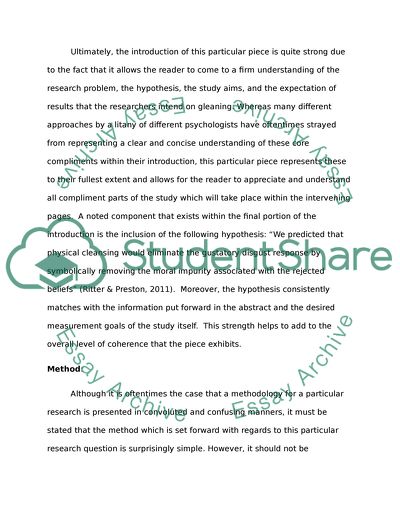Cite this document
(“Critical Analysis Essay Example | Topics and Well Written Essays - 2000 words”, n.d.)
Critical Analysis Essay Example | Topics and Well Written Essays - 2000 words. Retrieved from https://studentshare.org/psychology/1497580-critical-analysis
Critical Analysis Essay Example | Topics and Well Written Essays - 2000 words. Retrieved from https://studentshare.org/psychology/1497580-critical-analysis
(Critical Analysis Essay Example | Topics and Well Written Essays - 2000 Words)
Critical Analysis Essay Example | Topics and Well Written Essays - 2000 Words. https://studentshare.org/psychology/1497580-critical-analysis.
Critical Analysis Essay Example | Topics and Well Written Essays - 2000 Words. https://studentshare.org/psychology/1497580-critical-analysis.
“Critical Analysis Essay Example | Topics and Well Written Essays - 2000 Words”, n.d. https://studentshare.org/psychology/1497580-critical-analysis.


